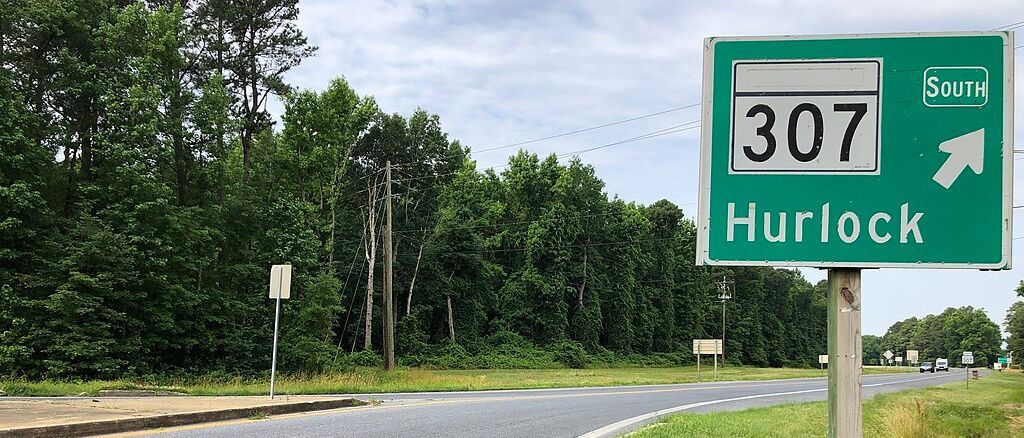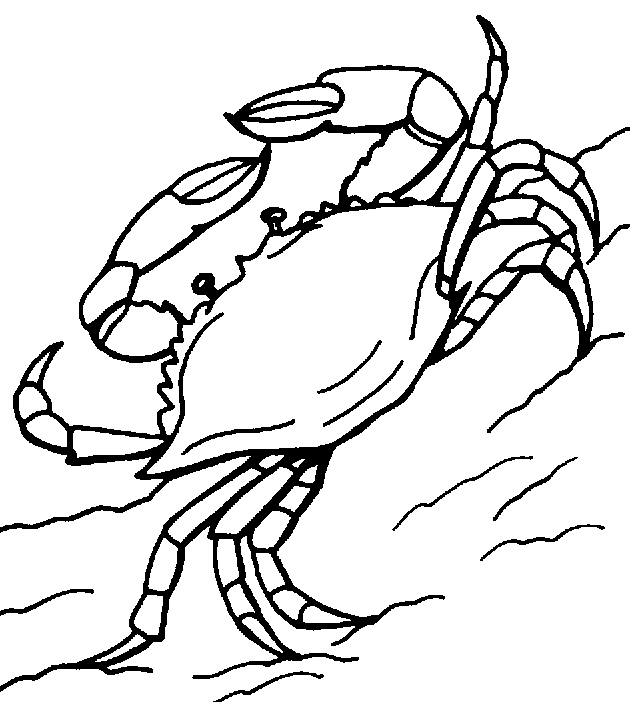Ancient Eating on the Eastern Shore

Tuckahoe plant (Peltandra virginica) in marsh. Photo: Wikimedia commons
What did the ancient peoples living on the Eastern Shore eat aside from the meats we still eat? Deer, turkey, beaver, squirrel, pheasant, partridge, geese, ducks, muskrats, and fishes of many kinds were available as well as crabs and oysters, but what else?
Not French fries. Potatoes originated in the South American Andean mountains, but went to Europe first and then came back to North America with the Europeans who brought their own native carrots, parsnips, cabbage, and beets in addition to potatoes.
Europeans also introduced their native grains — barley and rye — and brought wheat from the Middle East. Corn (maize) and squashes were also imports, but from travelers who brought them from Mexico to the Southwest, and then to the Mississippi watershed, and later to the Eastern woodlands about 3,000 years ago.
So what form of starch had the Indigenous people been eating here in earlier millennia? The staple was tuckahoe or tockwogh; this translates into English as arrowroot, or arrow arum (Peltandria virginica). The leaves are shaped like arrow heads. It’s also known informally as duck corn.
Tuckahoe grows throughout the eastern United States and Canada and all along the east coast. It likes still or slow-moving waters, such as ponds, swamps, marshes, and the banks of streams. It can grow in full sun to shade — a very adaptable plant. Wherever groups of people went in the east they could depend on finding arrow arum in wet places. The variety found mostly here and up to Pennsylvania provided the early native peoples with edible seeds, fruits, leaves, and roots. The water birds fed on it too!
The roots form a perennial rhizome that is a good source of starch, but it needs preparation before eating. It contains calcium oxalate — microscopic needle-shaped crystals that make your lips, mouth, throat, tongue, and fingers swell and burn. Too much of it can be fatal, but with the instantaneous warning of burning and swelling, people soon learned to cook it for a very long time (at least 9 hours), heat it, dry it, and then grind it up to make breads and soups. The boiled spadix (flower spike) and berries were considered a luxury, and it seems to have a hint of cocoa flavor.
It's a hard job to dig up these rhizomes and the mud stinks, but it was a reliable food. The women did the hard work of digging up the roots and tossing them into the open stream for the children to gather and put in the canoe. These piled up like potatoes. Back on shore the women peeled off the rind and cut it into thin slices for sun drying.
The women then pounded the sun dried tuckahoe in a wooden mortar to make flour for dumplings or to thicken a stew. They kept a stew boiling constantly. Returning hunters contributed meats and fish as well as shellfish to the stew. This was the basic diet for millennia from 20,000 years ago.
Tuckahoe was eaten every month of the year, but it was very important in the winter when people had to live off stored up foods. In the spring it was the main plant growing that they could eat. In March and April they ate stews of tuckahoe and available meat: fish, turkey, squirrel, ducks, and geese. In May and June nuts and berries became available to supplement tuckahoe and the meats acquired by hunting. Only about 3,000 years ago did they start to use these months of the year to plant fields of maize and squash.
Maize was the domesticated product of teosinte that grows wild in Mexico. Domesticated 8,700 years ago, maize is a “short-day” plant that requires less exposure to light. It takes 9 months to grow in Mexico, but has to ripen more quickly in northern latitudes above the Tropic of Capricorn. By 4,100 years ago it had adapted genetically to the Southwest, New Mexico, and Arizona. It spread slowly to the Eastern Shore, and was a great crop for starch.
Squash (Cucurbita pepo) also was domesticated as a crop around 3,000 years ago. It was initially used for its seeds and as gourd containers. Later the flesh was eaten and in Mexico the flowers are eaten. I have a jar of squash flowers from Mexico that I bought in Chestertown. It is recommended for inclusion in quesadillas.
No beans are mentioned in the archaeological record for the eastern coastal areas. Phaseolus vulgaris, the common bean, is native to Mexico. It spread throughout South and Central America and from Mexico it was taken north to the American Southwest for cultivation, but the history of any spread to the eastern woodlands has not been studied. The Europeans introduced their native broad bean, Fava, that is not related to the American beans.
Maize and squash were preferred to any earlier cultivated crop. The Eastern Shore peoples had green corn ready from June through August; summer meats were snake and fish. From July to September the crops were ripening. From August to October the crops were ready to eat, though tuckahoe was always part of the diet along with berries and nuts (walnut, hickory and bitter pecan). The next few months were times of plenty on the Eastern Shore. Migrating ducks and geese added succulent meats to the tuckahoe and corn stews.
Here is a modern recipe for preparing tuckahoe by Green Deane of EatTheWeeds.com:
“Like the Jack-in-the-Pulpit, the best use is to slice it up and dry it for a few months. It can also be roasted in an oven for a day or more, which is not cost effective. The Indians would collect them, bury them in the ground, build a huge fire over them and cook them for a day or more.
“Tuckahoe also responds to microwaving but it is hard to get the right timing between making it safe to eat and turning it to charcoal. However, microwaving it some shortens the drying time to edibility significantly. I nuke the slices one minute to 90 seconds and then let them sit until edible, which can be immediately to a few weeks.
“Another technique I’ve used is my solar oven. I peel the roots and put them in whole. It takes about 10 hours of solar drying over two days to make them edible, though hard. I haven’t tried making them into chips and using a shorter amount of time.
“The edibility test is the same for the Jack-in-the-Pulpit. To test them: Chew a quarter-inch square piece on one side of your mouth for a full minute then spit it out and wait ten minutes. And I mean chew for a minute and I mean wait ten minutes and I mean one side of your mouth (to limit the area that burns). The effect can be quite delayed. If the calcium oxalate is still present it will make one side of your mouth burn, and your tongue and lips. That can last up to a half an hour or so. If no burn, try a bigger piece the same way. If no burn then, you’re ready to go.
“You can eat the dry chips as is, or grind them up as a flour. If you air dried them they can be used as a thickener. If you dried them at over 150F they can be used as a flour but not as a thickener because the starch will have already been cooked.”
This is the true Eastern Shore food. It takes hard work to pick and prepare but it was a plentiful source of starch every month of the year, essential to the diet of the Eastern Shore Indians.
Sources:
Busby, Virginia (2002) Chapter 5: “Delmarva Ethnohistory in Hickory Bluff: Changing Perceptions of Delmarva Archaeology” in Hickory Bluff: Changing Perceptions of Delmarva Archaeology, compiled by Michael D. Petraglia, et al.
Green Deane, “Tuckahoe, Arrow Arum”, Eat the Weeds
https://www.eattheweeds.com/peltandra-virginica-starch-storer-2/
Roundtree, Helen C. (1995) Young Pocahontas in the Indian World, Yorktown, Virginia
Wikipedia, Eastern Agricultural Complex
https://en.wikipedia.org/wiki/Eastern_Agricultural_Complex
Wikipedia, Peltandra virginica
https://en.wikipedia.org/wiki/Peltandra_virginica
Jeanette E. Sherbondy is a retired anthropology professor from Washington College and has lived here since 1986. In retirement she has been active with the Kent County Historical Society and Sumner Hall, one of the organizers of Legacy Day, and helped get highway /historical markers recognizing Henry Highland Garnet. She published an article on her ethnohistorical research of the free Black village, Morgnec.
Common Sense for the Eastern Shore







